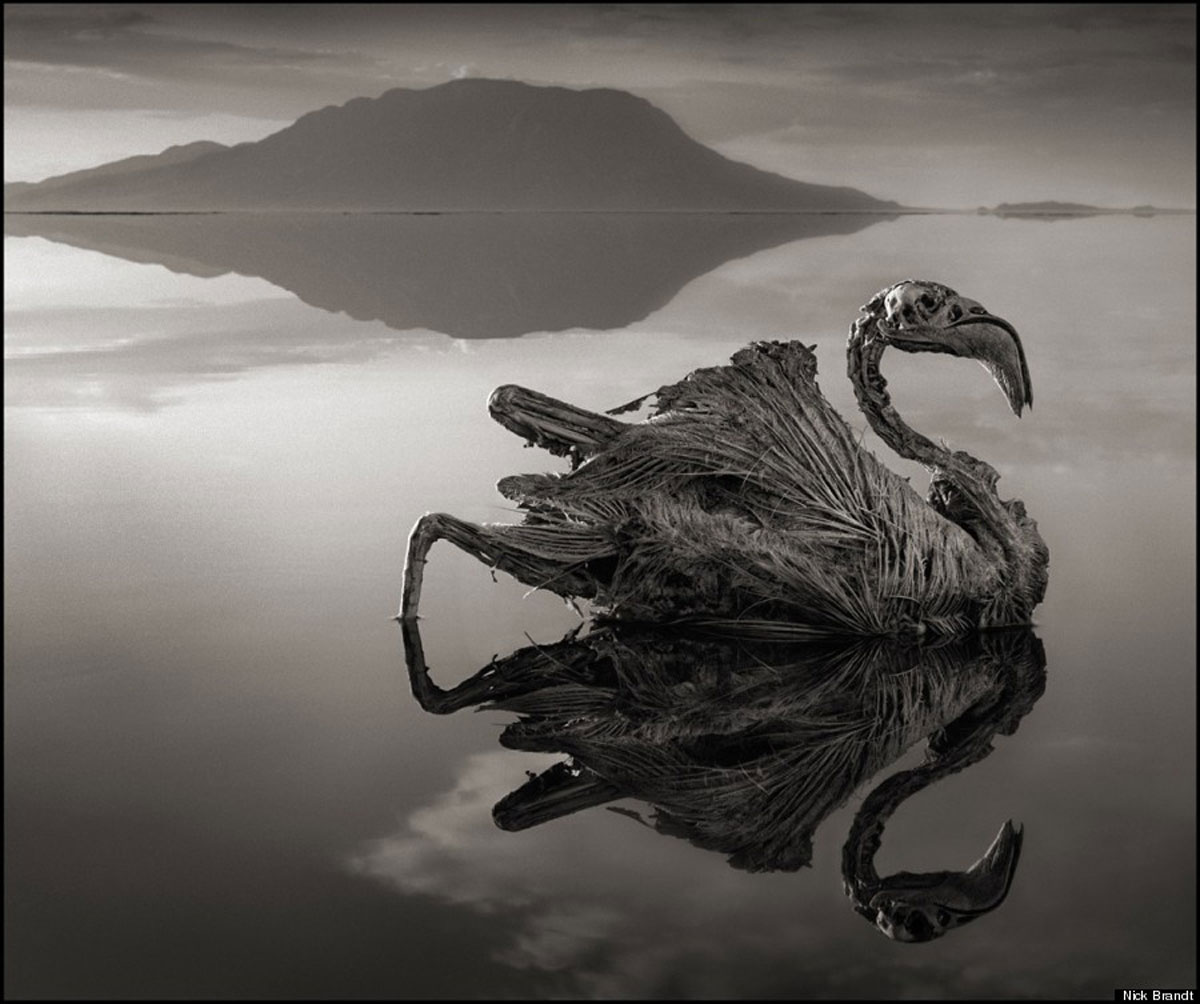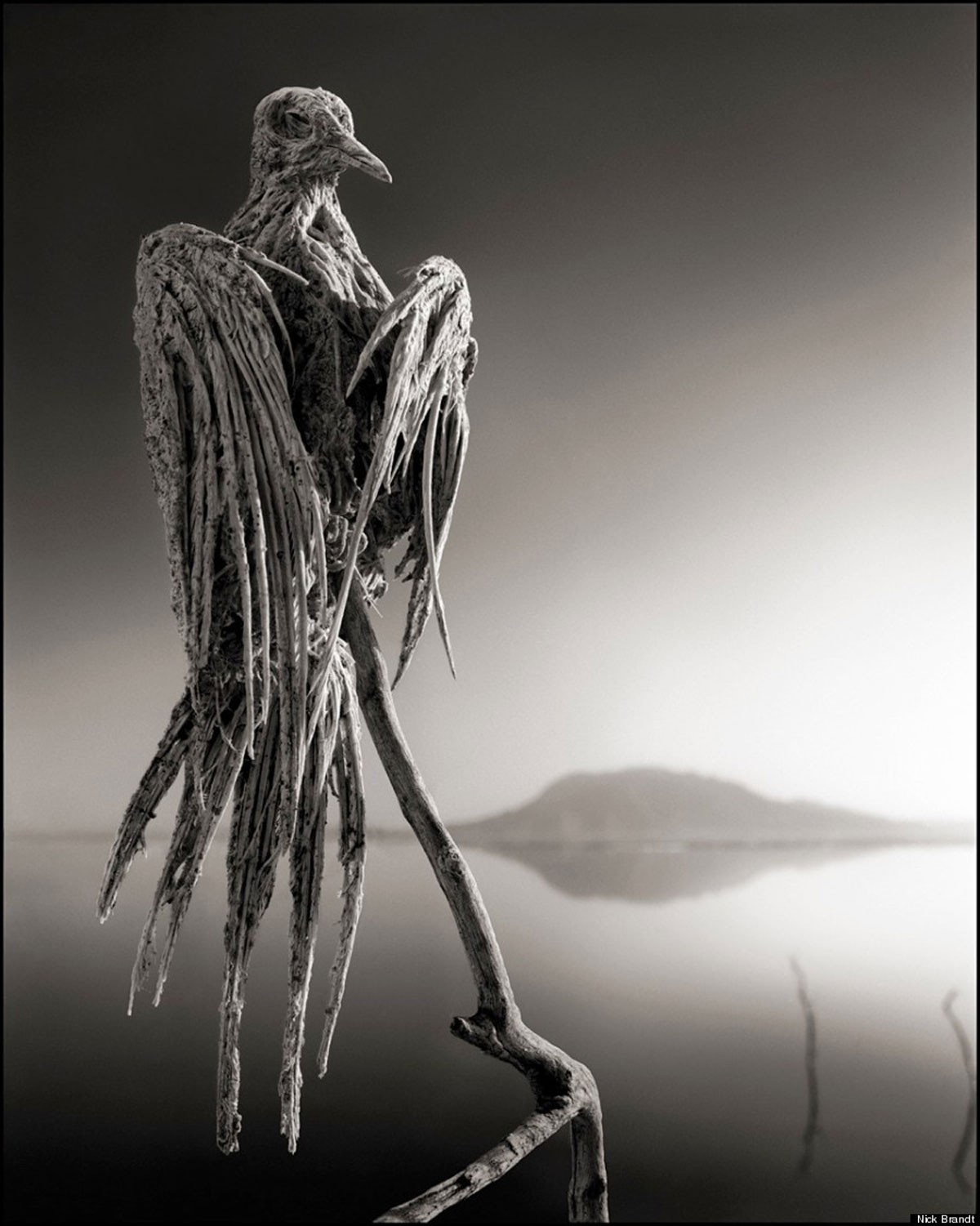There are parts of the world that remain undiscovered. These are the corners and pockets of pristine parts of the globe that go undetected, and largely unnoticed. We live in such an age of information and “big brother”, that it’s hard to believe such places still exist. Everything is waiting to be discovered, and the mystifying regions that have been studied and documented, still remain untouched. Today we briefly discuss two places in untouched Africa. A remote rainforest in Mozambique and a petrifying soda lake in Tanzania have provided us with much bewilderment.
Remote Rainforest in Mozambique
On the top of Mount Lico there lies a rainforest that remained undiscovered until recently. This hidden rainforest is cocooned and protected by a steep wall of rock rising a whopping 700 m above the landscape. The mountainous structure is an ancient centre of a volcano with the untouched forest cradled inside the crater. Locals are acutely aware of the presence of Mount Lico, but the hidden rainforest was actually only discovered by Julian Bayliss when he came across satellite imagery of this geographical phenomenon.
Scaling a 700m wall of rock to access the rainforest was an impossible feat for scientists, so a decision was made to tackle the smaller 125m cliff face. This would allow insight into the biome of the area, and the scientific team would be perfectly placed to navigate the region from on top of the structure.
Ancient rainforests house plenty of biological and cultural history. Although the rainforest has never been explored by humans within recent times, there were antiquated fragments of pottery found in the area. If the area was slightly higher or more accessible aeons ago, it would make sense that the fragments would come to settle in an area far from its original place.
Discovering an area where expedition teams haven’t explored means a world of wonder in terms of new species! The first new species of butterfly has already been identified. We can only imagine all the wonder and discoveries of new amphibians, reptiles and insects that will be found in what is believed to be one of the most pristine forests on earth.
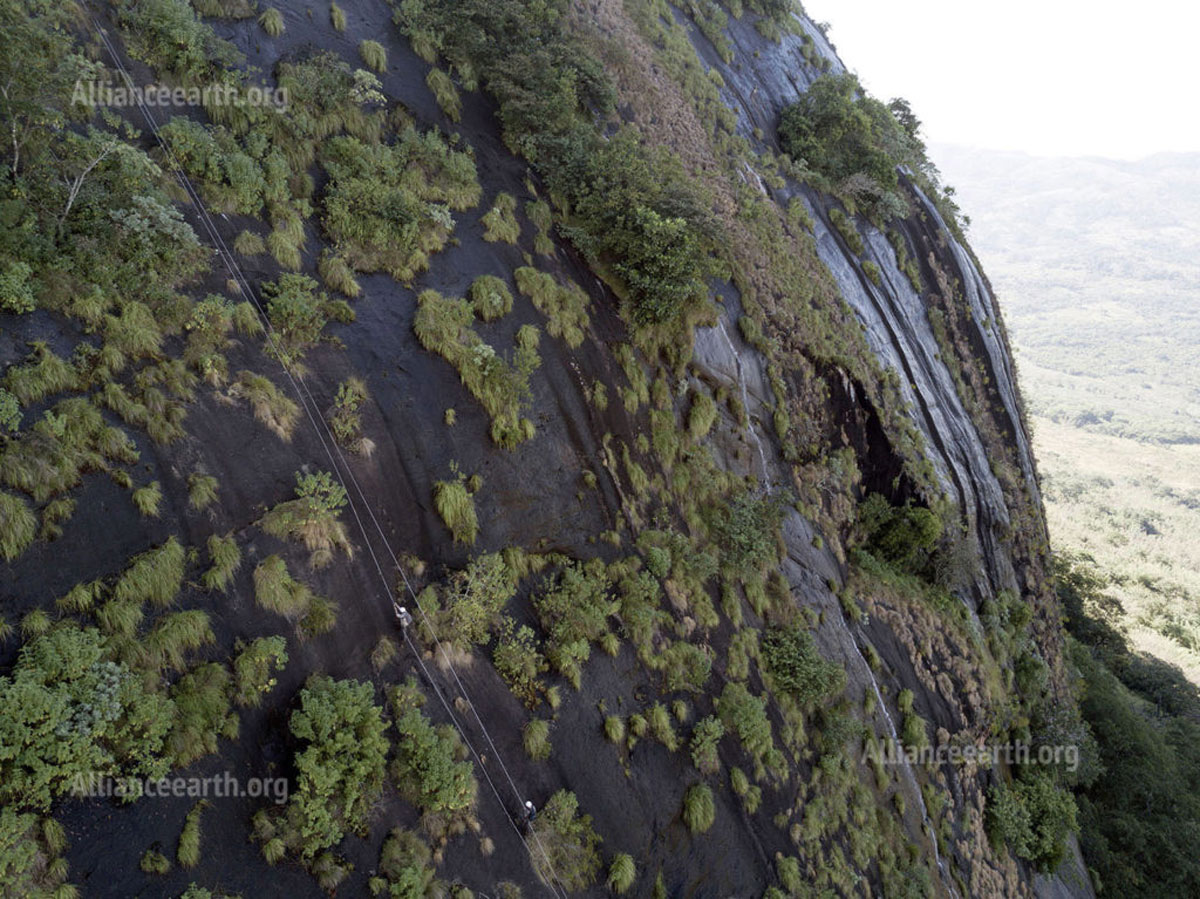
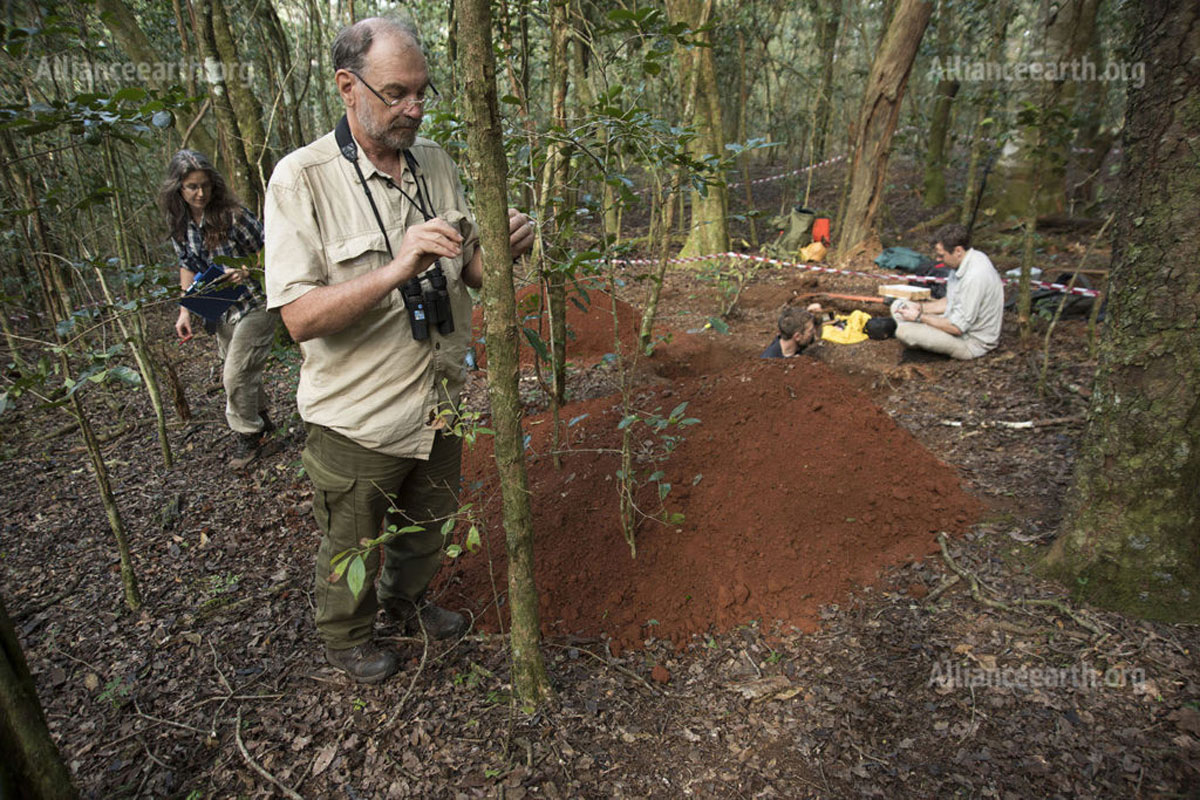
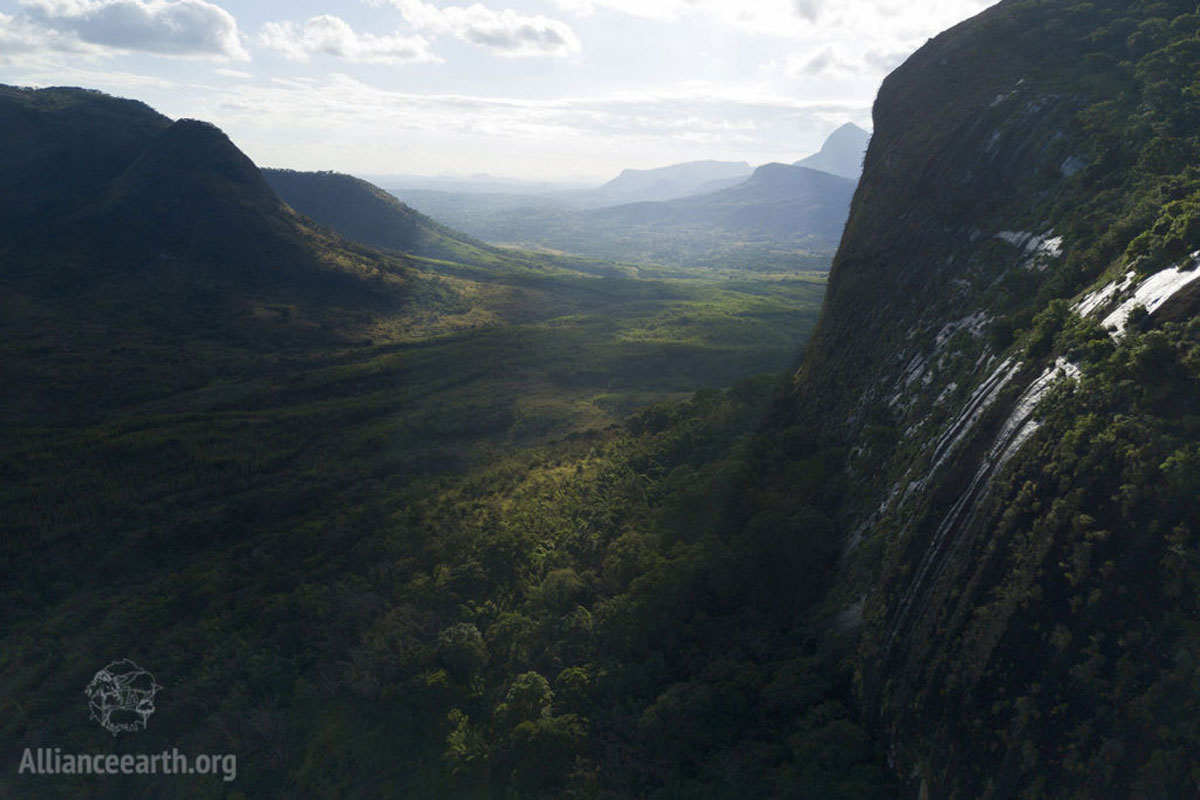
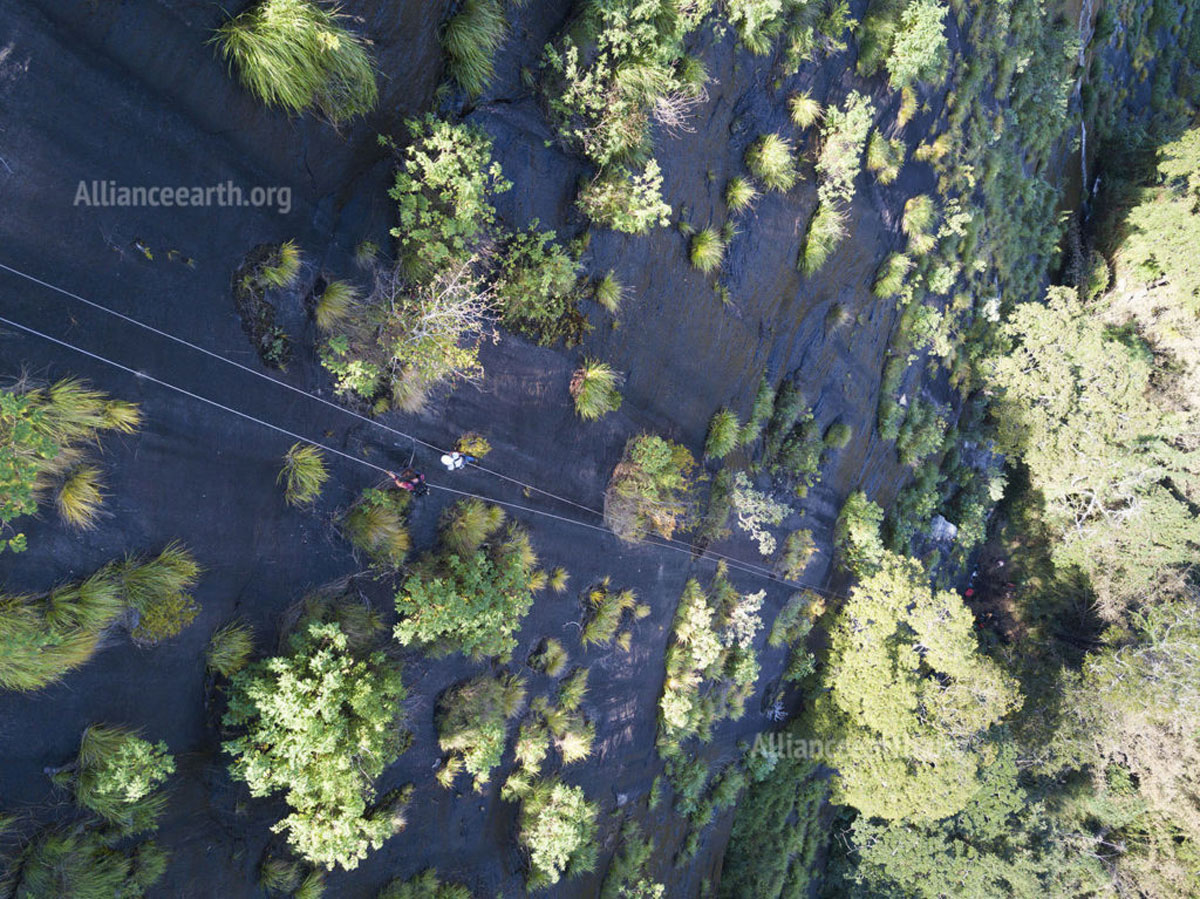
Lake Natron in Tanzania
Mysterious, eerie and downright creepy is the best way to describe this haunting lake in Africa. Images that have emerged from the region are dramatic and somewhat unbelievable. The stark images are so unreal that many of them look Photoshopped. But they’re not. There is a perfectly reasonable explanation for these evocative images from Lake Natron in Tanzania. The wildlife in and around Lake Natron appear to have turned to stone, frozen in time. But simple geographical science has all the explanations as to why this happens.
Lake Natron is actually a petrifying soda lake located in the Arusha region of Tanzania and has a tremendously high pH level (10.5) which is so caustic that it can cause severe burns to species that aren’t adapted to the environment. The alkalinity levels originate from the sodium carbonate and other mineral deposits in the water. These deposits come from run-off and flow from the surrounding areas.
Sodium carbonate is a natural preservative and is one of the reasons why animals turn to a statue state when deceased. The placid and reflective lake is believed to confuse wildlife, leading them to accidentally get into the water.
Although the lake is, technically, the deadliest in the country, it is also a breeding ground for lesser flamingos. With the reddish-pink hue from the salt crust and the presence of the flamingoes, the scenes produced are quite remarkable.
Photographer Nick Brandt spent ages taking photos of wildlife in Lake Natron. His collection of images can be found under his remarkable series of images “Across the Ravaged Land”
